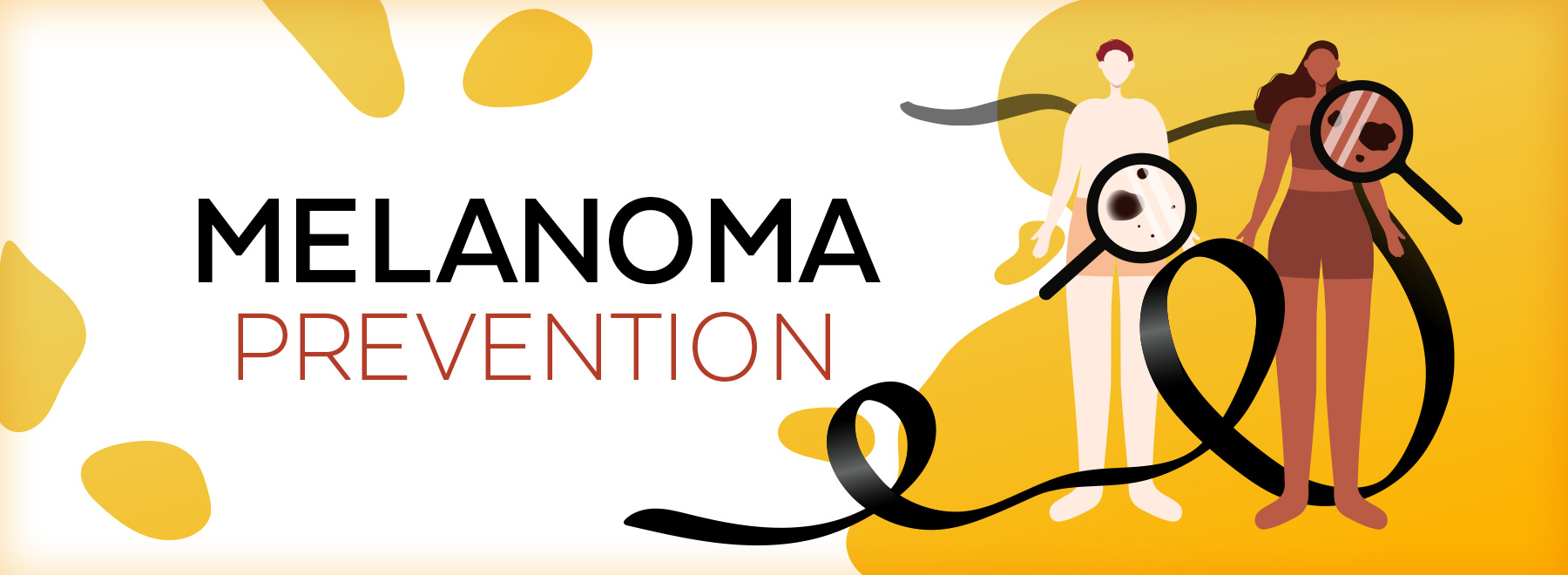Of measures, moles and malignant tumors: Learn to protect yourself from melanoma
There are many small measures you can take to avoid getting melanoma, and one of them is with a shot glass.
That’s the amount – about 1.5 ounces – of sunscreen you should put on your skin to help keep yourself safe from the world’s deadliest form of skin cancer.
A risk factor for melanoma is exposure to UV [ultraviolet] rays, meaning exposure to tanning beds and the sun, especially in the scorched outdoors of a state like Mississippi.
Where skin cancer is concerned, the worst time of day to go out in the sun is between 10 a.m. and 4 p.m. The key, especially during those hours, is to protect yourself by wearing sunscreen and sun-protective clothing.

“You should use sunscreen with a minimum SPF [Sun Protection Factor] of 30,” said Dr. Allison Cruse, an assistant professor of dermatology and an assistant professor of pathology at UMMC.
“SPF 30 blocks out about 97 percent of the sun’s rays.” For patients who have had numerous skin cancers or who have had the tissue-damaging disease, lupus, she recommends SPF 50 to foil about 99 percent of UV rays.
“Make sure your sunscreen provides broad-spectrum protection, meaning protection from UVA and UVB rays,” Cruse said. “It should be water-resistant. Apply the equivalent of a shot-glass measure. As a rule of thumb, that’s what you need for your entire body to reach the SPF number designated on the product.”
You can also buy clothing marketed as UPF, for Ultraviolet Protection Factor: sun hats, shirts, pants, beach wear.
UV overexposure causes the mutation of genes that control skin-cell growth. Skin cells called melanocytes multiply sharply and form malignant tumors.
The risk is particularly high for someone who has had severe, blistering sunburns as a child, has a lot of moles and has a family history of melanoma.
In 2020, an estimated 1,413,976 million Americans were living with melanoma of the skin, reports the National Cancer Institute, which estimates that the number of new cases this year will exceed 97,000. The five-year survival rate, calculated for the years 2013-2019, is high – above 93 percent – but early detection is vital.
Here, we turn to Dr. Alphabet for help. The classic ABCDE method lets you know whether you’re looking at skin cancer or a harmless mole:
- A, for asymmetry: Is one half of the skin growth different from the other half – flat vs. raised, dark vs. light?
- B, for border irregularity: Is the outline jagged or uneven?
- C, for color variation: Do the colors differ from one area to the next?
- D, for diameter: Is it greater than a quarter of an inch, that is, about the size of a pencil eraser?
- E, for evolving: Is the spot changing in size, shape or color, or are the symptoms shifting – is the spot becoming itchy, painful or is it beginning to bleed?
There is also the “Ugly Duckling Test,” Cruse said. “All your moles should look similar.” Notice if one, an Ugly Duckling, differs from the others, if it stands out or is changing. Monthly self-checks are recommended. See your doctor if any of these troubling signs appear.
“If it’s of a certain, shallow depth and no lymph nodes are affected, it can be excised in a dermatology clinic,” Cruse said. “And the majority are caught early.” A biopsy determines its depth and, therefore, its severity. Clinicians conduct a test to make sure it hasn’t spread to the patient’s lymph nodes.
“If the lymph nodes are affected, or if it has spread to other parts of the body, chemotherapy and immunotherapy are used to treat it,” Cruse said.
There are different types of melanoma and some develop in places other than on the skin: the mouth, sinuses, intestines, female genital tract or eyes, Cruse said. In these cases, it can be harder to find, magnifying the importance of regular doctors’ visits.
Any skin type is susceptible to melanoma, especially if it’s fair.
Yet, it can be deadlier for Black men because, for them, it is often discovered late and in an advanced stage; and that’s because it can show up in unexpected places, including fingers, fingernails, toes, toenails, palms of the hands and the bottoms of the feet.
A study published in July in the Journal of the American Academy of Dermatology showed that 50.7 percent of Black men with melanoma have it on their lower extremities and, for more than 48 percent of them, it was diagnosed in an advanced stage, compared with about 21 percent for White men.
“This type of skin cancer, acral lentiginous melanoma, is most common among people of color, although it's rare overall,” Cruse said.
“It’s the most common subtype of melanoma for the Black population. It has the worst prognosis compared to other types of melanoma, often because it is missed in its early stages.
“It’s always good idea for patients to check the bottom of their feet, be aware of any pigmented changes in the nails or under the nails, any streaks and so forth.”
For anyone, melanoma is certainly of the “scariest” cancers, Cruse said. “But most cases are highly treatable when caught early. Those patients can go on to have a normal life span.”
The above article appears in CONSULT, UMMC’s monthly e-newsletter sharing news about cutting-edge clinical and health science education advances and innovative biomedical research at the Medical Center and giving you tips and suggestions on how you and the people you love can live a healthier life. Click here and enter your email address to receive CONSULT free of charge. You may cancel at any time.



